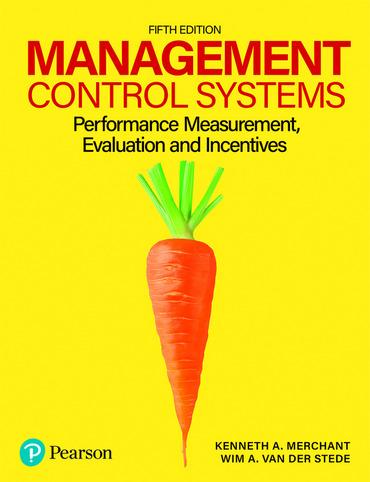Question
2. Suppose that there are three types of programs and taxes that apply to individuals with relatively low earnings: 1. A transfer of$1000to those with
2. Suppose that there are three types of programs and taxes that apply to individuals with relatively low earnings: 1. A transfer of$1000to those with earnings below$4000that is (linearly) eliminated between earnings of$4000and$9000so that people with earnings above$9000receive nothing. 2. A program that is supposed to encourage work. It consists of a subsidy to work that is equal to zero for those with no earnings and then linearly increases to reach$3000for those with earnings equal to$6000. Individuals with earnings between$6000and$8000continue to receive a transfer of$3000which is then (linearly) eliminated between earnings of$8000and$18000. 3. Earnings greater than$10000are subject to a30%income tax. (a) What is the marginal tax rate combining the effect of all three programs applying at each of the following earning levels:$2000,$5000,$7000,$8500,$9500,$15000and$20000? (b) What do you think is the overall effect of this system on work participation (i.e. the decision whether to work at all). Illustrate your answer with a simple graph
Step by Step Solution
There are 3 Steps involved in it
Step: 1

Get Instant Access to Expert-Tailored Solutions
See step-by-step solutions with expert insights and AI powered tools for academic success
Step: 2

Step: 3

Ace Your Homework with AI
Get the answers you need in no time with our AI-driven, step-by-step assistance
Get Started


